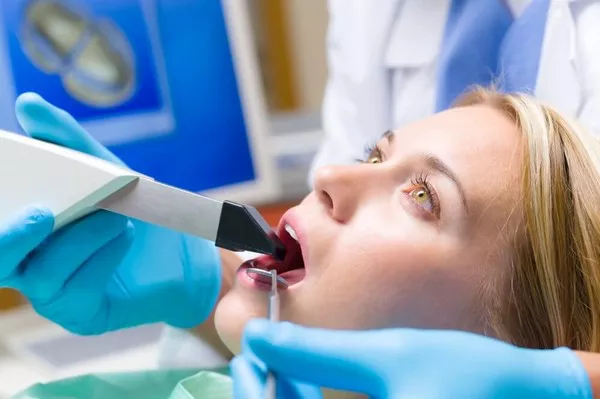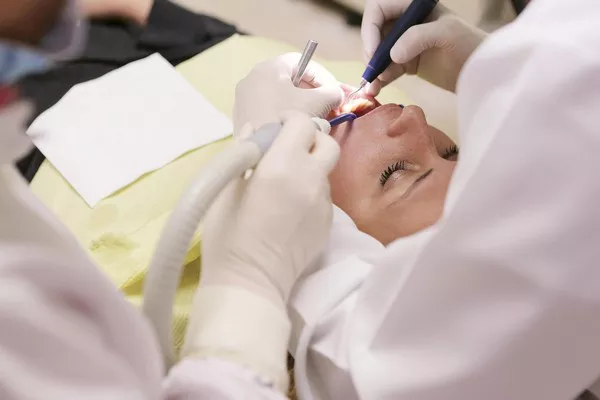Bimaxillary surgery, also known as orthognathic surgery, is a specialized surgical procedure performed by oral and maxillofacial surgeons to correct significant jaw misalignment issues. These misalignments can affect a person’s bite, facial aesthetics, and overall oral health. Bimaxillary surgery involves the repositioning of both the upper and lower jaws to achieve proper alignment and improve both functional and aesthetic aspects of the face. In this article, we will explore what bimaxillary surgery entails, the conditions it can address, the process involved, and its potential benefits.
Understanding Bimaxillary Surgery
Bimaxillary surgery is a complex and precise surgical procedure that addresses discrepancies between the upper and lower jaws. The term “bimaxillary” refers to the fact that both the upper (maxilla) and lower (mandible) jaws are involved in the surgery. This surgery is typically performed to correct conditions such as:
Malocclusion: Malocclusion refers to misalignment or incorrect positioning of the teeth when the jaws are closed. It can manifest as overbites (when the upper jaw protrudes too far forward), underbites (when the lower jaw is positioned too far forward), or crossbites (when the upper and lower teeth don’t align properly).
Facial Asymmetry: Some individuals may have facial asymmetry due to jaw misalignment. Bimaxillary surgery can help improve facial balance and symmetry.
Breathing Difficulties: Severe jaw misalignments can affect the airway and lead to breathing difficulties. Bimaxillary surgery may be recommended to address such issues.
Chronic Jaw Pain: Jaw misalignments can contribute to temporomandibular joint (TMJ) disorders and chronic jaw pain. Correcting the jaw alignment can alleviate these symptoms.
Aesthetic Concerns: In addition to functional improvements, bimaxillary surgery can enhance a person’s facial appearance and profile, boosting self-confidence.
The Bimaxillary Surgery Process
Consultation and Evaluation: The process begins with a consultation with an oral and maxillofacial surgeon. During this consultation, the surgeon will perform a comprehensive evaluation, which may include X-rays, 3D imaging, dental impressions, and facial analysis. This assessment helps determine the nature and severity of the jaw misalignment.
Treatment Planning: Once the evaluation is complete, the surgeon will develop a customized treatment plan tailored to the patient’s specific needs. This plan outlines the surgical approach, expected outcomes, and recovery process.
Pre-Surgical Orthodontics: In many cases, patients are required to undergo orthodontic treatment before bimaxillary surgery. This phase helps align the teeth within the jaws, facilitating the surgical process.
Surgery Day: Bimaxillary surgery is typically performed under general anesthesia to ensure the patient’s comfort and safety. The surgeon makes precise incisions inside the mouth, avoiding visible external scars. They then reposition the upper and lower jaws to achieve proper alignment, using specialized techniques and hardware like plates and screws to secure the new jaw positions.
Recovery: Following surgery, patients will require a period of recovery, during which they may experience swelling, bruising, and mild discomfort. A liquid or soft diet is often recommended during this phase.
Orthodontic Follow-Up: After the surgical phase, patients continue orthodontic treatment to fine-tune the bite and tooth alignment. This phase helps ensure that the results of the surgery are stable and functional.
Benefits of Bimaxillary Surgery
Improved Bite: Bimaxillary surgery can correct bite problems, making it easier to chew food and reducing the risk of dental issues.
Enhanced Facial Aesthetics: By addressing jaw misalignments, bimaxillary surgery can lead to improved facial balance and a more aesthetically pleasing appearance.
Pain Relief: For individuals with chronic jaw pain or TMJ disorders related to misalignment, surgery can provide significant pain relief.
Enhanced Confidence: Many individuals experience increased self-confidence and improved self-esteem following bimaxillary surgery due to the positive changes in their facial appearance.
Functional Improvements: Bimaxillary surgery can lead to better overall oral health, improved speech, and reduced breathing difficulties.
Conclusion
Bimaxillary surgery is a specialized procedure designed to correct significant jaw misalignment issues that affect both the function and aesthetics of the face. It can address conditions like malocclusion, facial asymmetry, breathing difficulties, chronic jaw pain, and more. The surgical process is precise and tailored to the individual’s needs, with the goal of achieving proper jaw alignment. Bimaxillary surgery can offer numerous benefits, including an improved bite, enhanced facial aesthetics, pain relief, increased confidence, and functional improvements. If you believe you may benefit from bimaxillary surgery, consult with an oral and maxillofacial surgeon who can evaluate your condition and provide personalized guidance on the best course of treatment.
Related Topics:































